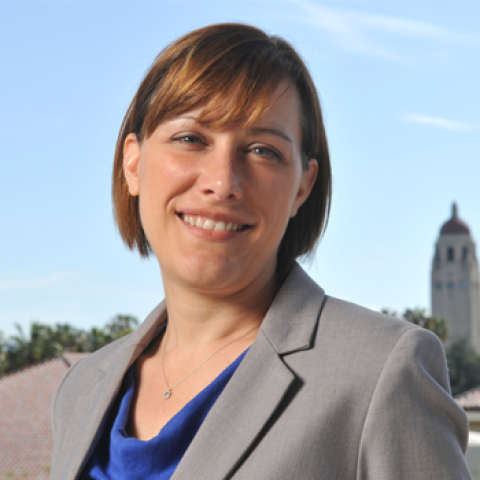Interdisciplinary Initiatives Program Round 7 - 2014
Sarah Heilshorn, Materials Science & Engineering
Giles Plant, Neurosurgery
Andrew Spakowitz, Chemical Engineering
About 12,000 new spinal cord injuries (SCI) occur in the US each year, primarily affecting young adults. A common result of SCI is paralysis, and less than 1% of SCI patients have full neurological recovery by the time of hospital discharge. Developing a regenerative therapy for SCI would be transformational. In preclinical animal models of SCI, the transplantation of patient-harvested cells into the SCI lesion site has resulted in partial regeneration. Both neural progenitor cells (e.g. those derived from induced pluripotent stem cells) and Schwann cells harvested from a peripheral nerve biopsy have supported the regrowth of propriospinal axons into the distal spinal cord. Despite these advances, still very little is known about the mechanism of action for these cell-based therapies. Complicating the design of quantitative, hypothesis-driven studies, the survivability of transplanted cells is irreproducible and low. Typically only 5-15% of the transplanted cells survive four months after transplantation; and recent data suggest as few as 50% of the cells survive the injection process, resulting in the transplantation of a large amount of cellular debris with unknown effects. To address these critical roadblocks to clinical translation, we propose the development of biomolecular technologies that will enable hypothesis-driven, mechanistic analysis of cell-based SCI therapies. Specifically we will develop and validate two novel technologies to enable (1) the reproducible delivery of exact numbers of transplanted cells with 95% viability using injectible hydrogels and (2) the on-demand, precise delegation of greater than 95% of transplanted cells using optogenetic methods. Combined together, tehse technologies will enable our interdisciplinary research team to explore never before testable hypotheses and questions in a rat contusion model of SCI.



